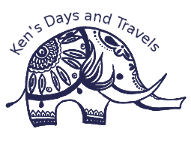Temples of the Ancients
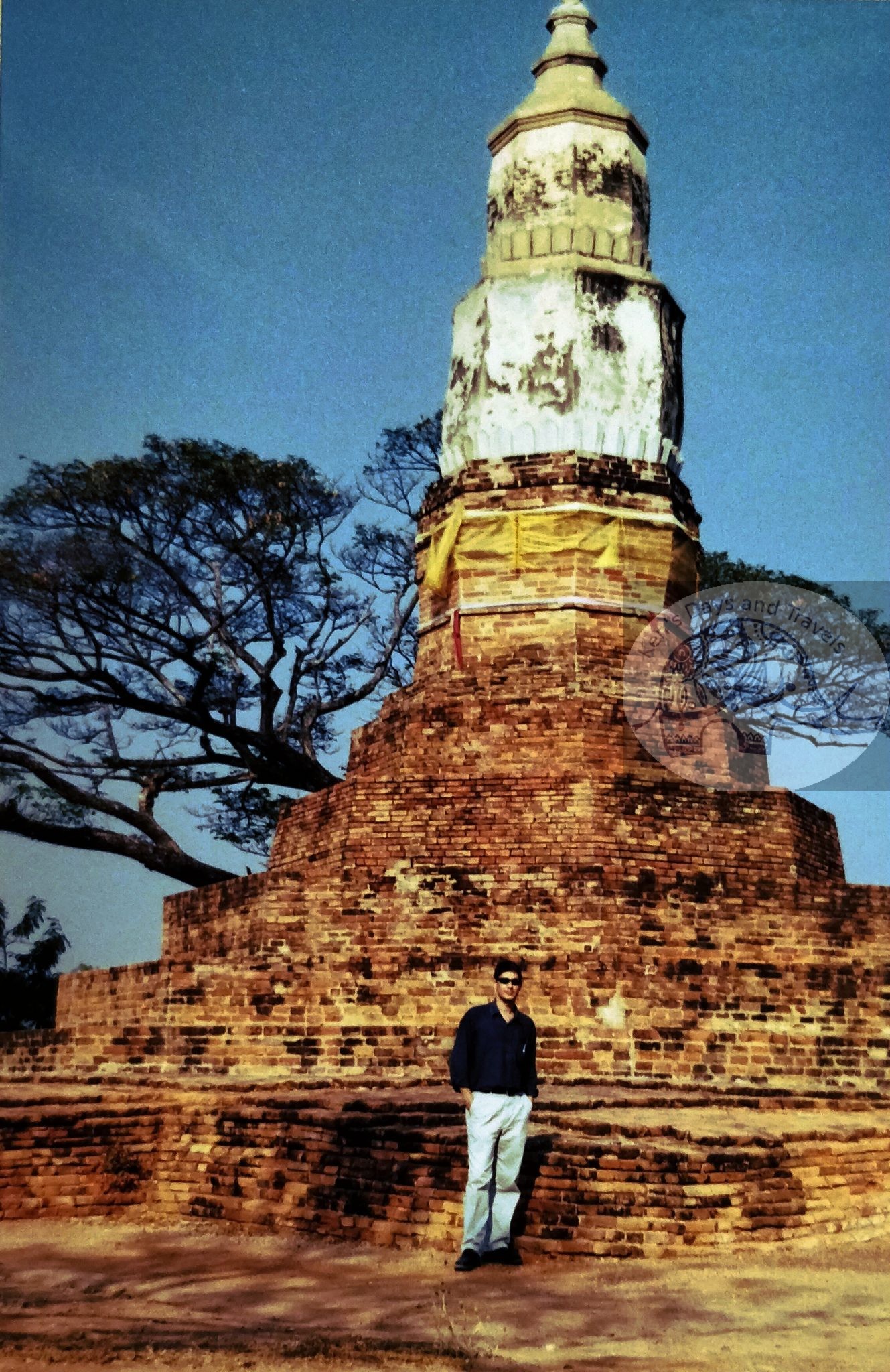
A large number of the trips and surveys I made throughout Thailand involved visits to famous temples throughout the country – by this I mean old or cultural heritage and archaeological sites, not the garish varieties, although I have seen plenty of them also, and sometimes its difficult to distinguish between the flashing lights of the lewd districts of Bangkok and those of the palaces of the pious. But for the purposes of this post, I will deal strictly with the sites built out of, and for, devotion over the centuries.
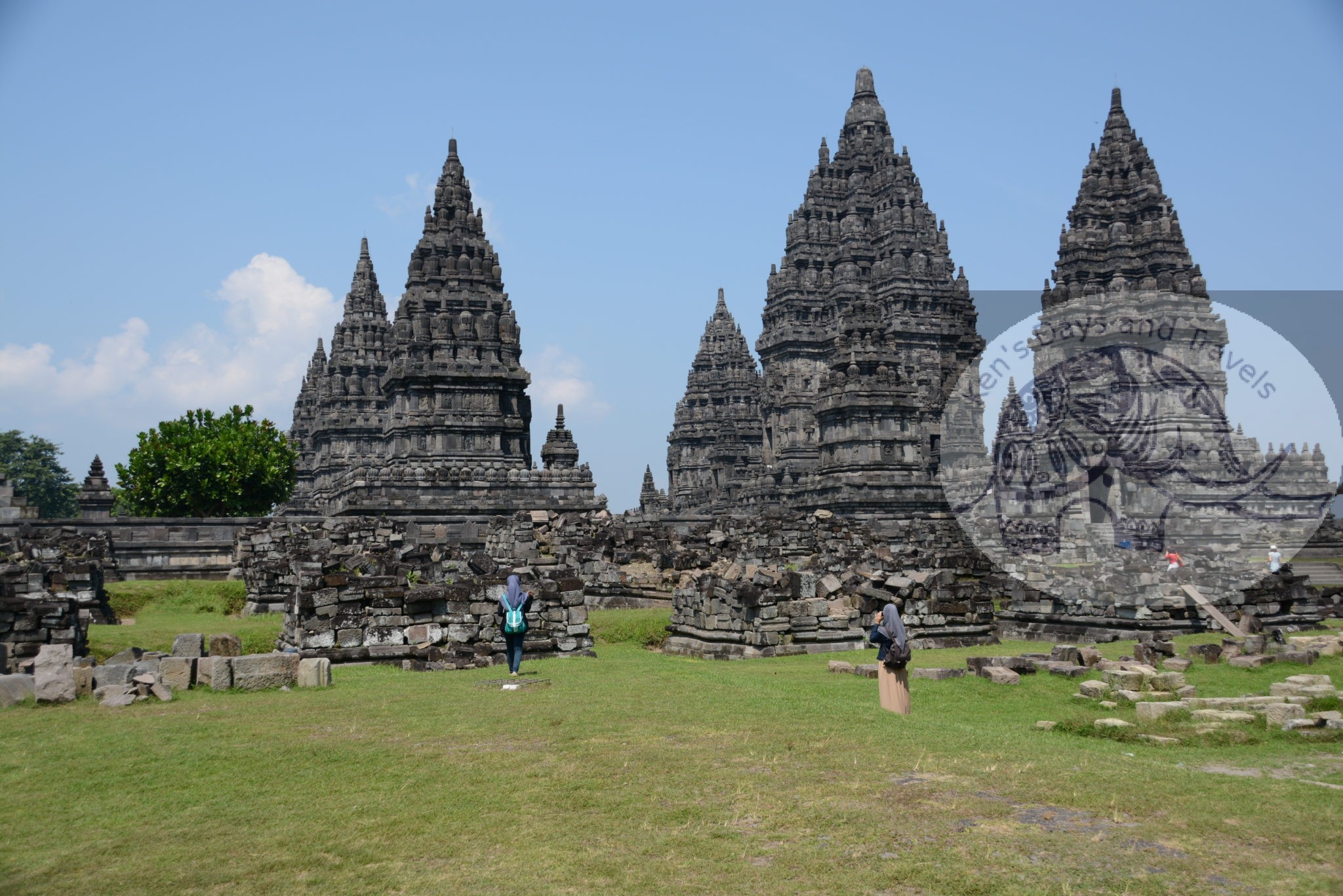
A short, perhaps faulty, history
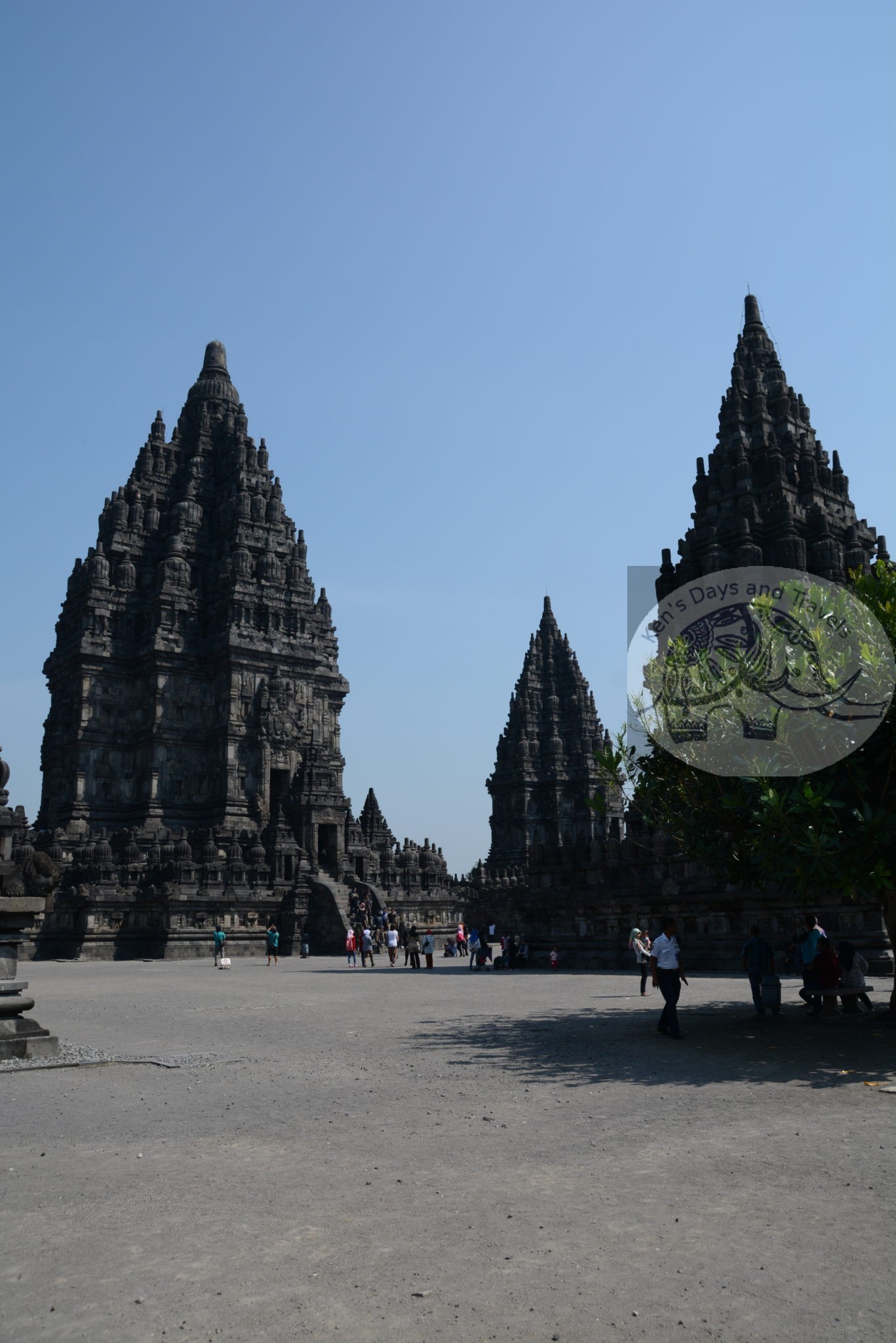
Perhaps a very short, and very limited or narrow, history should be given of South East Asia and the spread of religions throughout the region. Although most of us now measure our time on this planet mainly in terms of the now politically incorrect Christian Era or BC and AD, large swaths of the orient count by Buddhist year, or BE, and in 2018, we are actually in 2561. A large number of people in Asia adhere to some form of Dharmic belief – Hinduism, Buddhism, Sikhism, Jainism – a belief system that contains the concepts of dharma, karma, and reincarnation. Hinduism is the oldest of the religions, and it is difficult to put a starting time period to the religion. Nevertheless, Hinduism was the first major religion to travel throughout much of South East Asia, and numerous religious sites across the region are a clear reminder of its influence and power, including the sites in Indonesia at Prambanan, Champa in Vietnam, and Angkor in Cambodia.
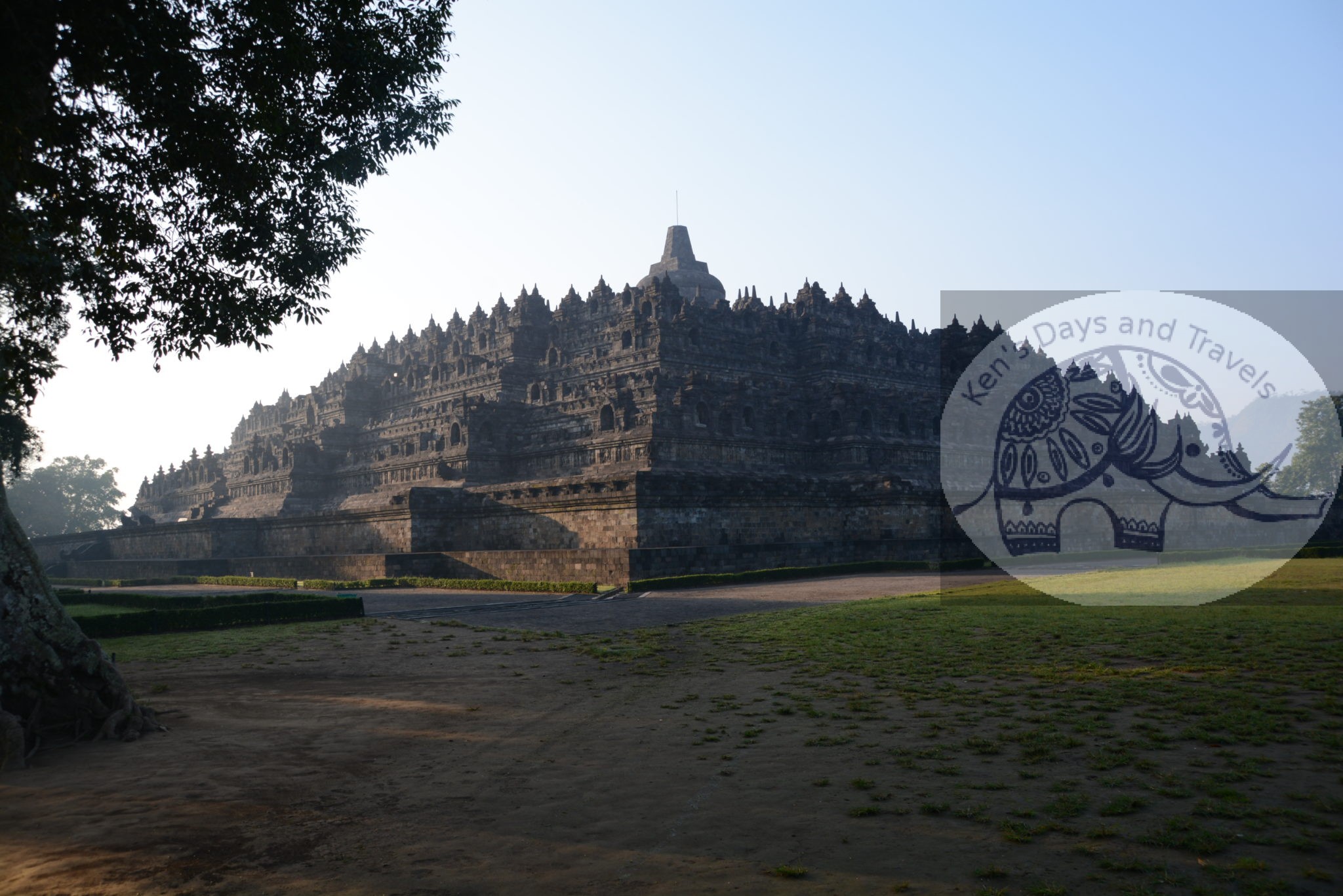
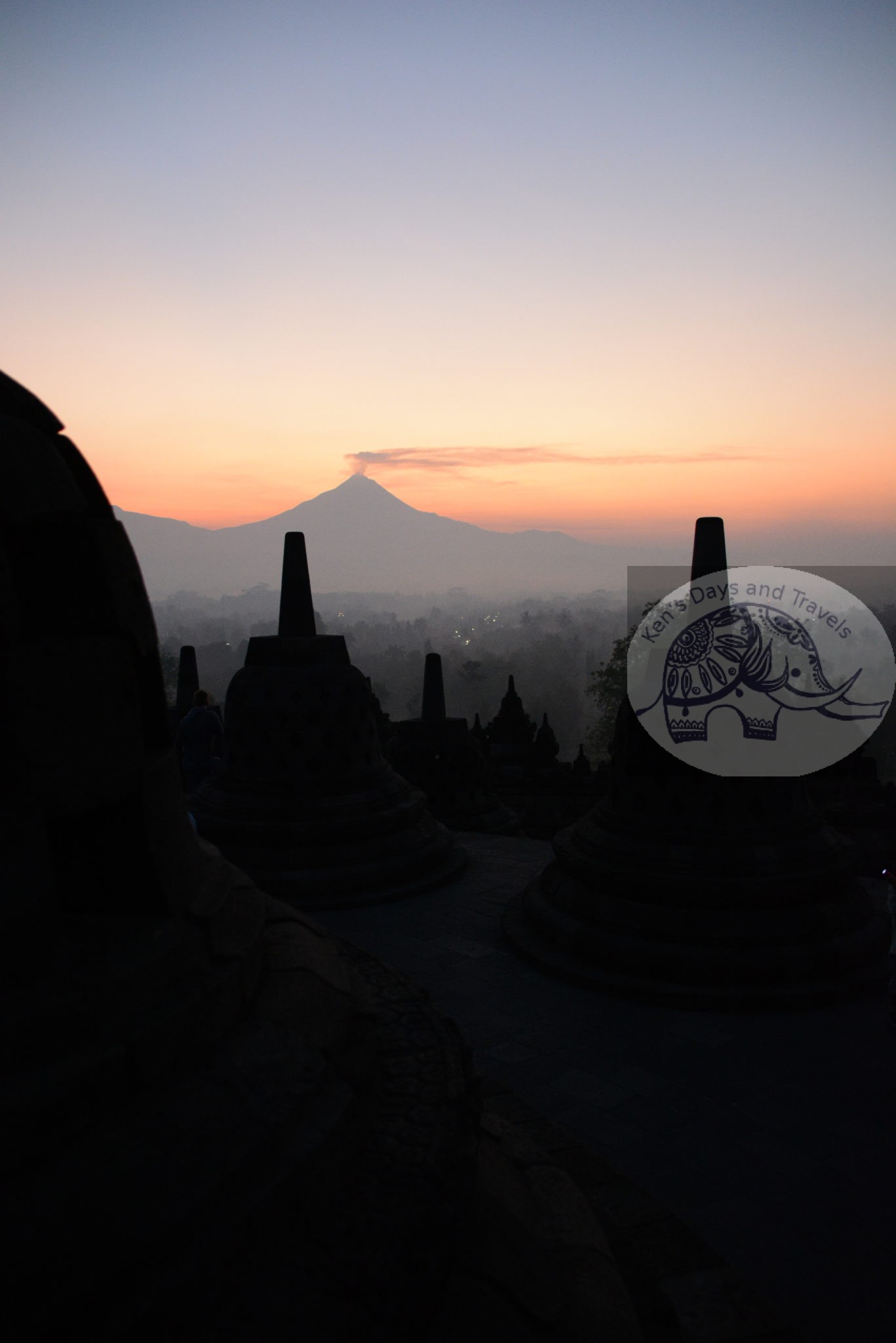
Following the trade routes, Buddhism next spread across the region as it seemed to be more of a ‘peoples’ religion; this was later followed by Islam around the eighth century, although it was not until the thirteenth and fourteenth centuries that it gained major followings, particularly in Indonesia. All these religions have left their mark on the region, and from the time of the Srivijaya empire of around the 8th through to the 12th centuries, massive temple complexes have been constructed in different places throughout the region – in Indonesia one of the primary Buddhist sites, although by no means the only site, is at Borobudur. While Srivijaya was dominant across much of Indonesia, stretching as far north as southern Thailand, the Khmer kingdom dominated the mainland of Southeast Asia, controlling the area from the 9th through the 15th centuries, and of course constructed the earlier-mentioned Angkor temple complex. Similar Khmer-influenced temples can be found throughout Thailand, including the ruins of Phimai in Nakorn Ratchasima province, the contested complex of Preah Vihar in Sisaket province, and the lesser-known sites at Srithep, Utong, and Lopburi, among others. By the 12th and 14th centuries, the states of Sukhothai and Ayuthaya respectively, had been founded in what is present-day Thailand.
Temples and archaeological sites
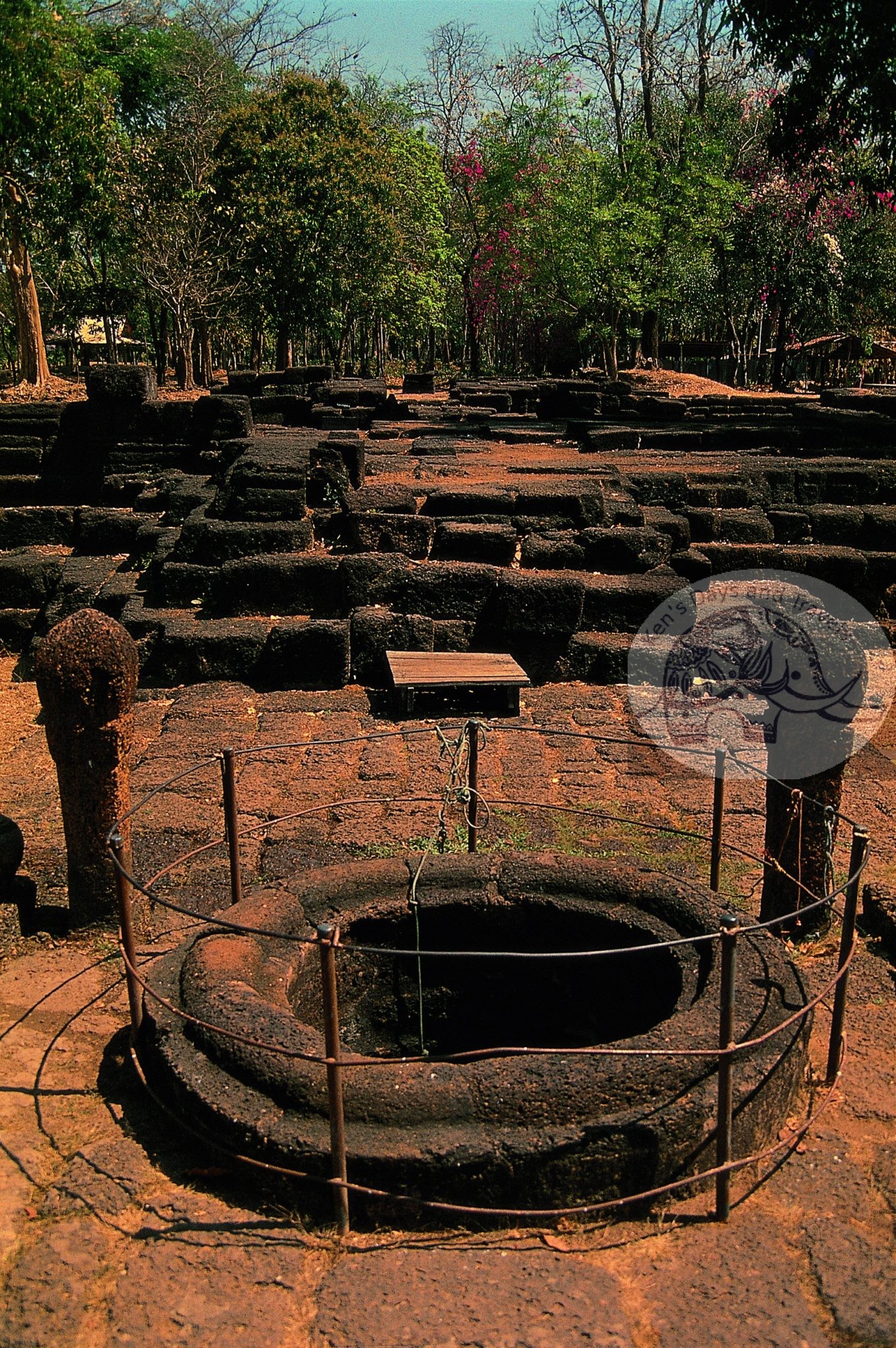
I have had an opportunity to visit many of these various important sites, and the work done to restore them over the past few decades has been impressive. One of the earliest places I visited was actually not the ancient city of Ayuthaya, although the first documentary script I was asked to translate from Thai to English actually spoke of the history of this city, it was instead the city of Chiang Mai. The Lanna Kingdom predates that of Sukhothai and Ayuthaya, and the architecture is distinct. The inner city of Chiang Mai has a large number of old temples well worth a visit – if not for religious reasons then for architectural and artistic reasons. Similarly, the small city of Lamphun just south of Chiang Mai is well worth a visit for architectural reasons. The initial relic pagodas of the Lanna period were castle-like in shape. The images of the Buddha are rounder, less sharp or linear, than those of the Ayuthaya era; in short, the differences are too detailed and many to recount here, so I direct you to this link about Thai architecture.
On one particular trip going by back roads, I came across a wonderful temple, at the time not very well known, just outside the town of Thoeng in Northern Thailand. A separate building within the temple grounds housed a wide collection of historical artifacts, including Buddha images hundreds of years old to palm leaves with Buddhist scriptures written on them. I could not read them, as the language used was not modern Thai, and even the alphabet was not consistent with modern Thai, but a variation of Burmese/Lanna writing – a friend in Bangkok is involved with preservation work of ancient writings found in temples in Burma and the north of Thailand – I am certain these particular writings would be a valued addition to the collective history of Buddhist teachings and writings throughout the region.
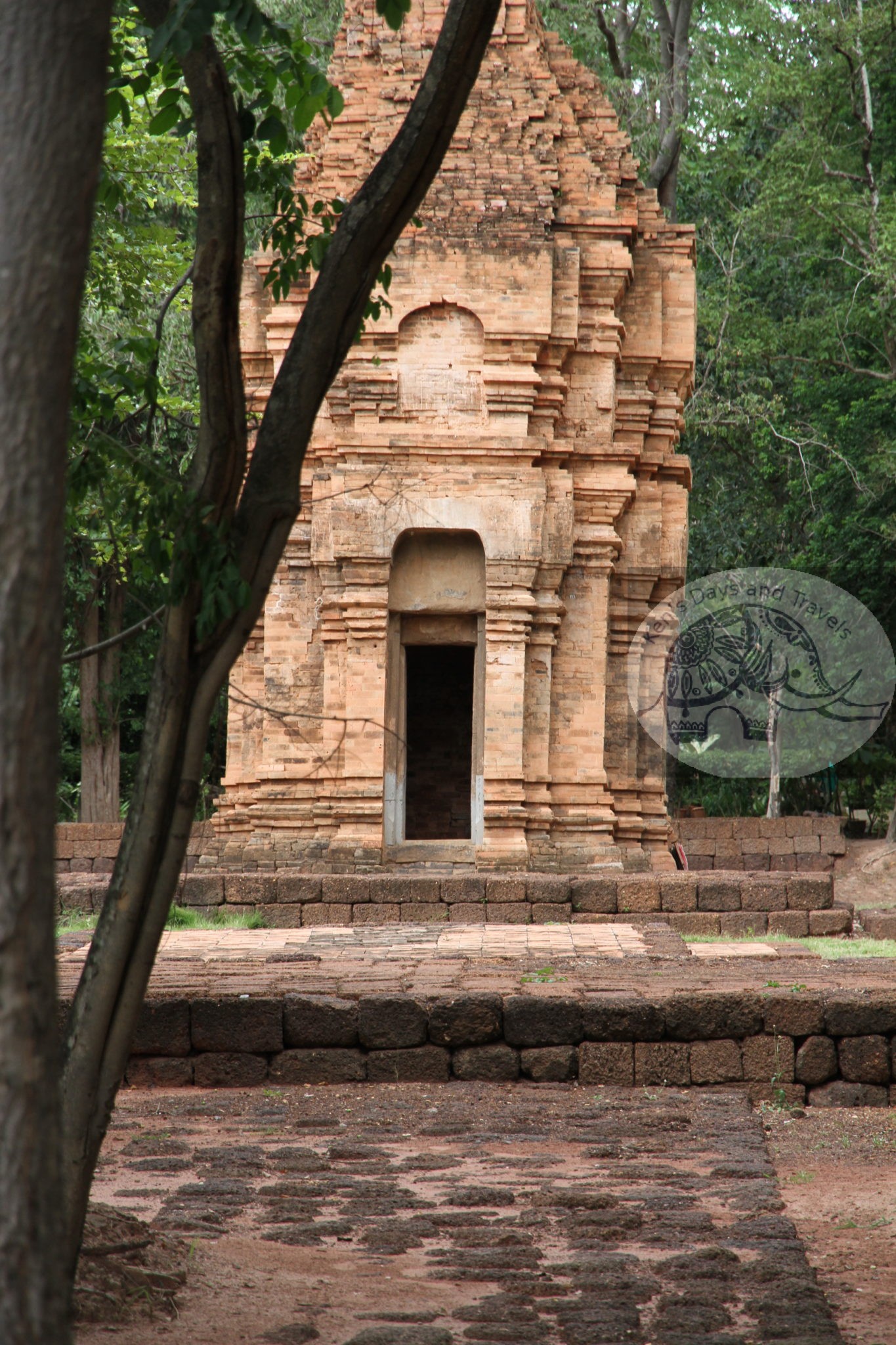
Although I have traveled several times to Ayuthaya and Sukhothai, I will not cover them in this particular entry, as they should be discussed together in one entry, an entry that will be necessarily lengthy. Instead, a continuation of the brief history/religious studies theme from earlier. I have never yet set foot in Angkor – I played a villain in a tv series by the title of Angkor with plenty of explosions, gunfights, devious deceptions, stolen treasure and mythical computer animated monsters – but have never visited the site of that name. Regardless, and I am certain that the complex deserves all the praise it receives, there are several places in northeastern Thailand that are also very interesting and well worth a visit – if nothing else, they show how far the ancient Khmer kingdom once extended and how it influenced the region.
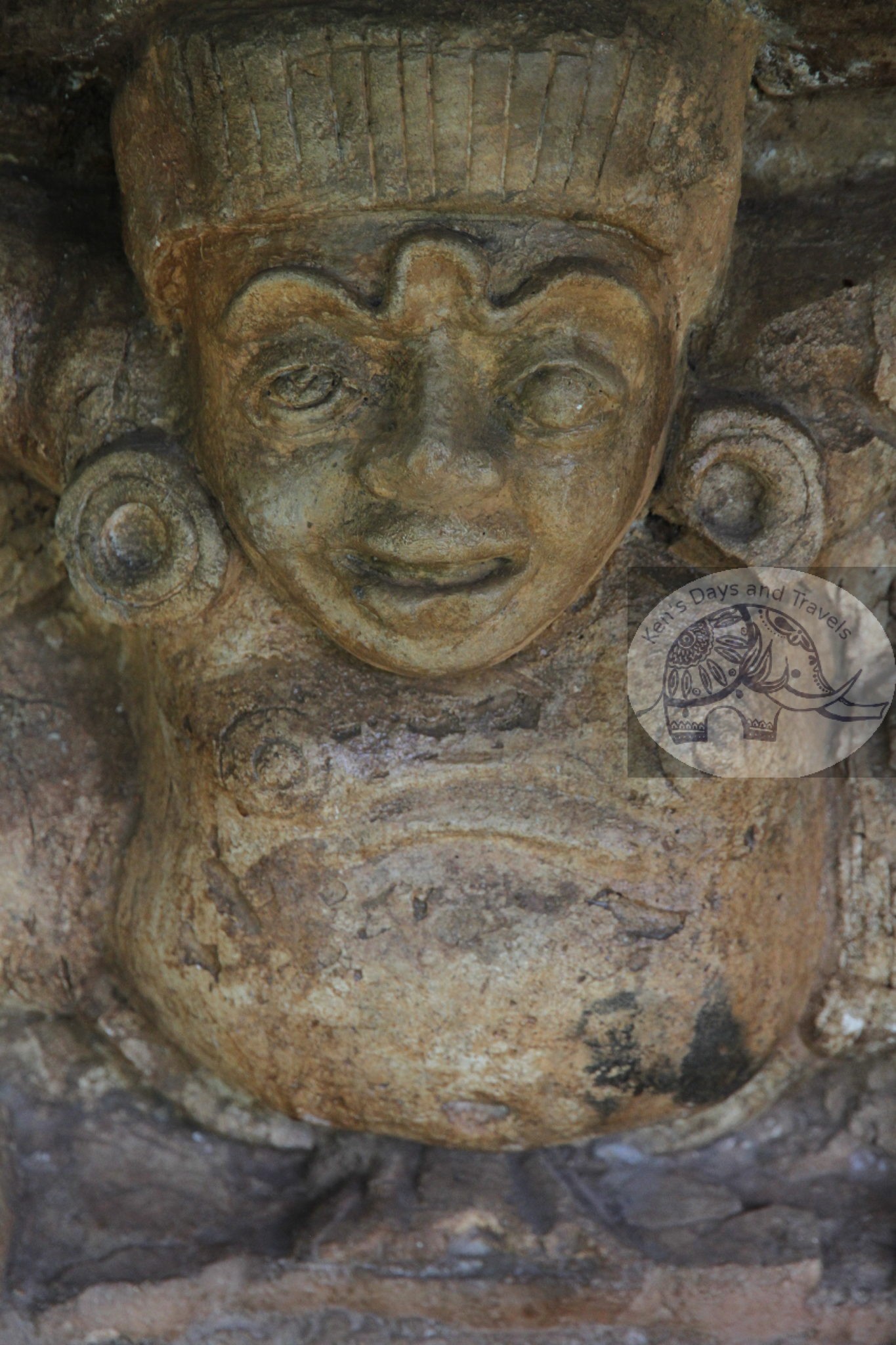
The monuments of the Khmer empire stretch all the way across the central region of Thailand as far as present-day Kanchanaburi province, where the remnants of the Prasat Muang Singh have been excavated and are maintained, but are largely forgotten and ignored by the massive tour groups that flock to the cities of Ayuthaya and Sukhothai – perhaps if you wish to have a quieter experience, combine your visit to the Bridge over the river Kwai with a side excursion to this temple. There is so much more I could write about the different temples and architecture styles represented throughout Thailand, but I will leave that to the experts. Perhaps in a photo essay I will add some more details, and plenty of images, about the historical religious sites of Thailand and the region.
